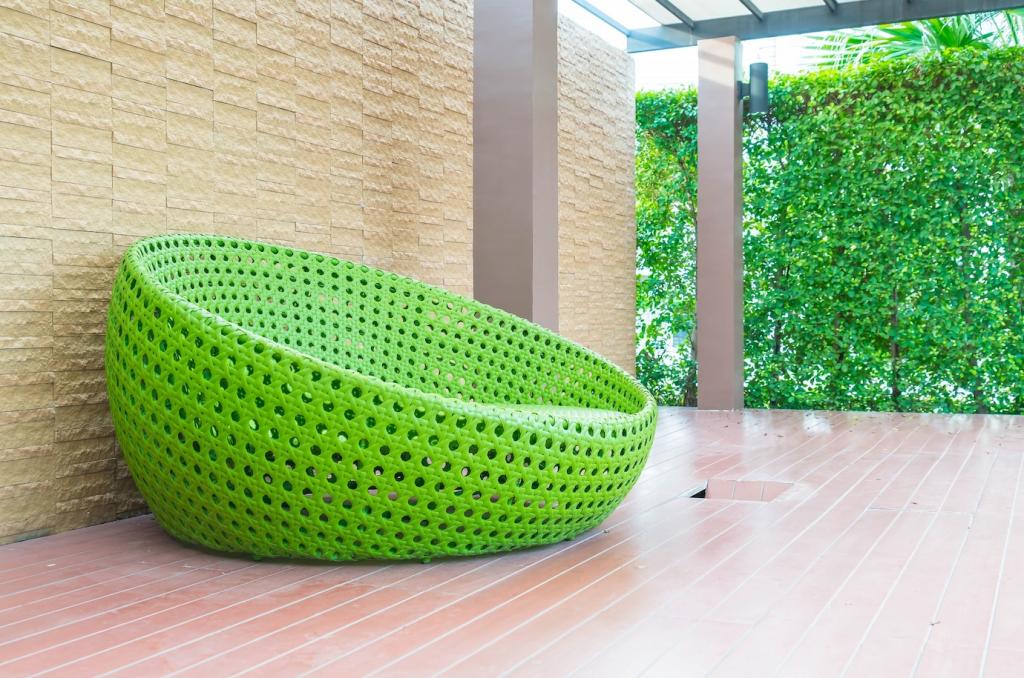The Role of Technology in Sustainable Interior Design
Smart Materials and Eco-Friendly Innovations
Sustainable Composite Materials
Advanced technology has led to the development of composite materials that outperform traditional options in both sustainability and performance. By combining recycled or rapidly renewable base components with durability-enhancing binders, these materials offer luxurious finishes without depleting natural resources. These options often incorporate post-consumer waste, such as recycled plastics or reclaimed wood fibers, significantly reducing landfill contributions. The manufacturing process often requires less energy and water, further shrinking the ecological footprint. With robust properties that resist wear and promote longevity, these composites minimize the frequency of renovations, supporting a more circular and responsible approach to interior design.
High-Performance Coatings and Finishes
Technological progress has given rise to coatings and finishes with low or zero volatile organic compounds, promoting healthier indoor air quality. Innovations in nanotechnology and green chemistry have produced protective layers that resist stains, microbes, and degradation without resorting to toxic chemicals. These high-performance finishes not only extend the lifespan of interiors but also reduce reliance on frequent cleaning using harsh agents. By making surfaces easier to maintain and more resilient, they play a crucial role in maintaining the integrity and aesthetics of sustainable spaces over time, ensuring that investments remain protected and efficient in the long run.
Adaptive and Reconfigurable Structures
Smart structural systems are revolutionizing the ability to transform and adapt interior spaces as needs change. Employing movable walls, modular flooring, or multi-functional furnishings, these adaptive elements allow spaces to be reconfigured without the wasteful demolition and reconstruction typical of traditional interiors. Embedded sensors or responsive mechanisms can automatically adjust partitions to alter lighting, improve airflow, or maintain privacy. The upshot is a longer-lasting, more versatile space that evolves with its occupants, reducing redundant renovations and the associated resource consumption, while always prioritizing sustainability and efficiency.
Digital Tools for Efficient Design and Planning
Building Information Modeling (BIM)
Building Information Modeling revolutionizes the way designers conceptualize interiors by consolidating every detail into a single digital environment. This technology enables the simulation of building performance, such as energy consumption, lighting, and material lifecycle impacts, before construction even begins. With BIM, conflicts and inefficiencies are identified and resolved early, minimizing on-site waste and rework. Stakeholders gain a comprehensive overview of the project’s sustainability metrics, ensuring that decisions align with eco-friendly best practices. As a collaborative platform, BIM also encourages multidisciplinary coordination, ensuring that sustainability remains central to every project’s evolution.
Virtual and Augmented Reality Simulations
With the advent of virtual and augmented reality, interior designers and clients can immerse themselves in lifelike representations of proposed spaces. These simulations facilitate informed choices about materials, lighting, and furniture placement by providing a realistic preview of their impacts. Adjustments are made digitally, preventing resource-intensive mockups or trial-and-error installations. Clients can assess the sustainability features, comfort, and functionality of a space in an engaging, low-impact way. This not only enhances communication but also supports a more iterative and responsible design process, with every alteration carefully considered before resources are committed.
Data-Driven Resource Optimization
Advanced software analytics now enable real-time tracking and management of materials, labor, and project timelines with unprecedented accuracy. By monitoring inventories, usage rates, and waste generation, designers can pinpoint inefficiencies and implement corrective strategies immediately. The capability to analyze historical and predictive data helps optimize procurement, transportation, and construction processes for both ecological and economic benefits. This precision ensures that only necessary resources are consumed, reducing surplus and supporting a more sustainable and cost-effective project lifecycle.


